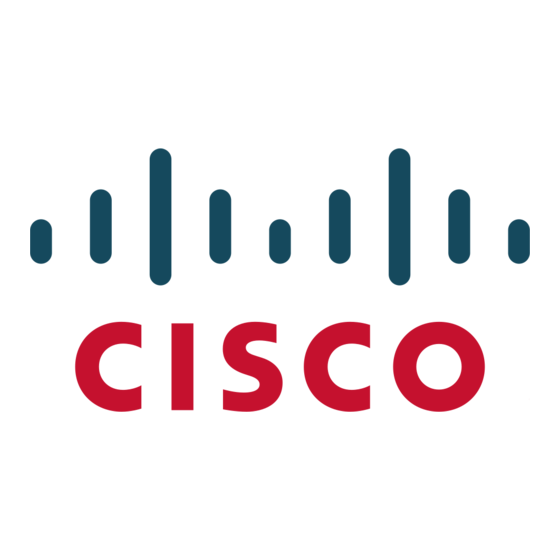Chapter 3
Configuring a Cisco Unified Communications Manager SIP Trunk with a Cisco TelePresence
Field
MLPP Precedence
Gateway/Route List
Route Option
Call Classification
Allow Device Override
Provide Outside Dial
Tone
Description
Choose an MLPP precedence setting for this route pattern from the
drop-down list box:
•
Flash Override—Second highest precedence setting for MLPP calls.
•
Flash—Third highest precedence setting for MLPP calls.
•
Immediate—Fourth highest precedence setting for MLPP calls.
•
Priority—Fifth highest precedence setting for MLPP calls.
•
Routine—Lowest precedence setting for MLPP calls.
•
Default—Does not override the incoming precedence level but rather
lets it pass unchanged.
Choose the gateway or route list for which you are adding a route pattern.
If the gateway is included in a Route Group, this drop-down list box does
not display the gateway. When a gateway is chosen in the drop-down list
box, Cisco Unified Communications Manager uses all the ports in the
gateway to route/block this route pattern. This action does not apply for
MGCP gateways.
The Route Option designation indicates whether you want this route
pattern to be used for routing calls (such as 9.@ or 8[2-9]XX) or for
blocking calls. Choose the Route this pattern or Block this pattern radio
button.
If you choose the Block this pattern radio button, you must choose the
reason for which you want this route pattern to block calls. Choose a value
from the drop-down list box.
•
No Error
•
Unallocated Number
•
Call Rejected
•
Number Changed
•
Invalid Number Format
•
Precedence Level Exceeded
Call Classification indicates whether the call that is routed through this
route pattern is considered either off (OffNet) or on (OnNet) the local
network. The default value specifies OffNet. When adding a route pattern,
if you uncheck the Provide Outside Dial Tone check box, you set Call
Classification as OnNet.
This check box remains unchecked by default. When the check box is
checked, the system uses the Call Classification setting that is configured
on the associated gateway or trunk to consider the outgoing call as OffNet
or OnNet.
Check this check box to provide outside dial tone. To route the call in the
network, leave the check box unchecked.
Cisco TelePresence Content Server Release 6.2.1 Administration and User Guide
CUCM Integration with Content Server 6.2
3-29

